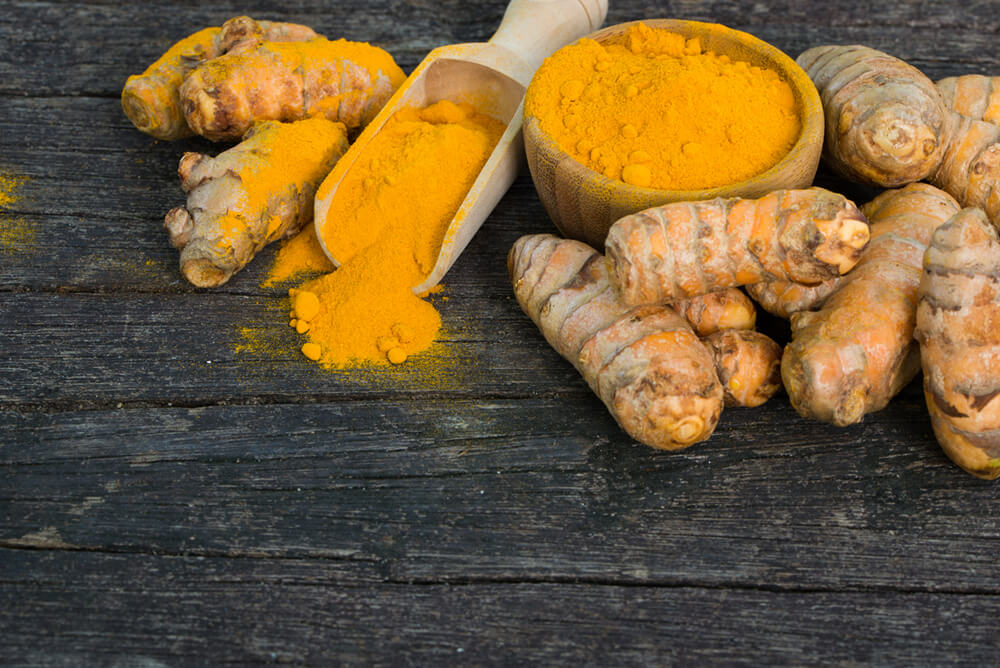Food combining is something that I believe comes to us naturally yet in the modern world we live in is easily forgotten through the overstimulation of too many choices, all the time. This method follows simple guidelines as to what digests best together for optimal pH in the intestinal tract, better digestion, more energy, and less bloat.
For instance, if you know you digest tofu and potatoes well but feel bloated after a tofu and potato scramble, it’s a function of those foods together and not an allergy or intolerance of either.
Let’s dive right in, shall we?
The science behind food combining:
The main thing to consider when eating/drinking is that you want it out of your system in about 18 hours. Our mouths physically digest food through chewing and chemically though excretions of salivary glands (amylase), passes through the esophagus and into the stomach where it turns into chyme. Within the stomach is pepsin, an enzyme which helps break down proteins ingested. The small intestine is where most of the digestion in the body takes place and many enzymes help the breakdown of food such as lipase (fats), nuclease (nucleic acids), pancreatic amylase (starches), maltase (starches) and peptidase (protein).
Overwhelmed by –ase words? Not to worry. All that is to say that:
- Carbohydrates= easy to digest because of the many enzymes along different “checkpoints” in the digestive tract. Salivary amylase has a neutral pH
- Proteins = take longer to digest because they start being broken down in the stomach and are chemically more complex. Pepsin is acidic, while the other enzymes that digest protein are basic.
- Lipids/fats = last to digest in the small intestine, where enzymes with a basic pH exist.
So when we consume food that takes about an hour (fruit) to three hours (veggies) to digest alongside a more complex macronutrient (lipid, protein, nucleic acid), it can cause the other faster macronutrient to ferment and create gas. As we all know, gas can cause bloating, inflammation, and can slow down the process of elimination — which again, is the name of the game!
Because of the pH of each enzyme that breaks down each compound and the time it takes to do it, the general rules of food combining are as follows:
- Eat fruit ideally alone and on an empty stomach (best in the a.m to help move things out)
- Do not combine protein (beans, tofu, all animal proteins, nuts, seeds) with starches.
- Proteins pair well with leafy greens and. non-starchy vegetables
- Starches pair well with all vegetables, so have at it! But not with tofu or other legumes.
- Eat raw before cooked (fast moving first, slow moving second).
- Dried fruits and nuts are best combined with each other or with neutral vegetables (leafy greens).
- Lemon water after a large meal to help digest.
- My summer smoothie recipe
- Dried cranberry, walnut and arugula salad.
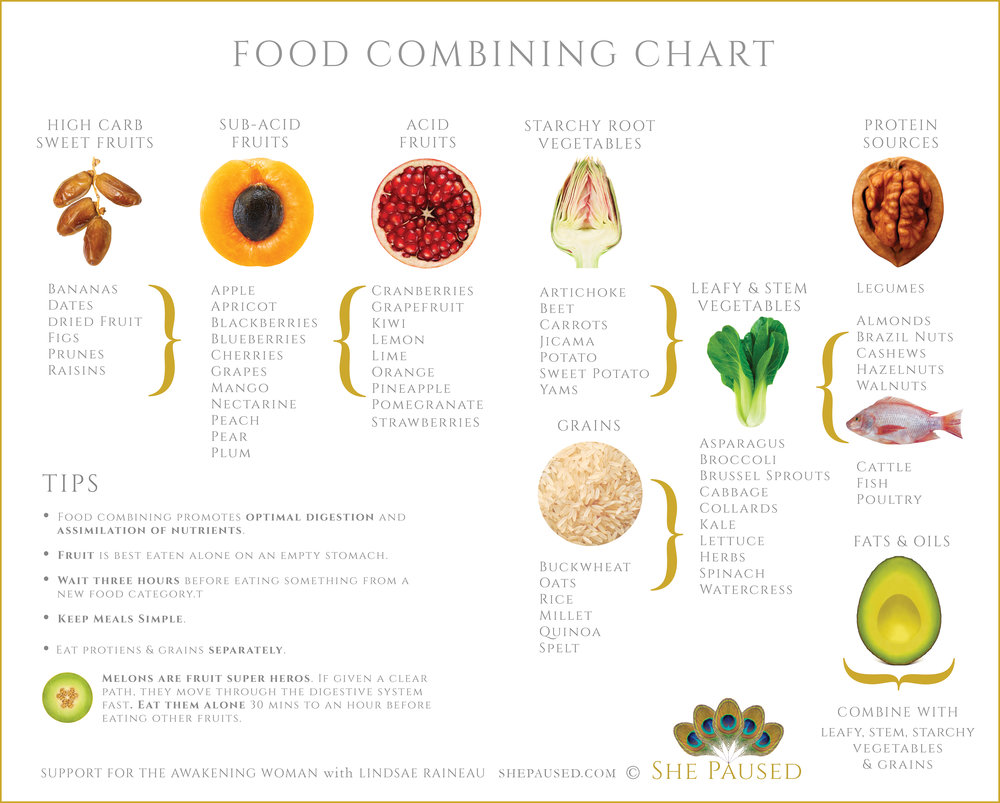
Some examples:
- Eat a leafy green salad before a cooked dinner either at home or at a restaurant.
- Stick to a smoothie with fruit and greens for optimal digestion.
- Pair a protein of your choice with a leafy salad or asparagus instead of potatoes.
- For a vegetable casserole, avoid adding protein to it and let the nutrients of the veggies fill you up.
- Enjoy some hydrating fruit first thing in the morning or mid-afternoon (around 4p) when lunch has “cleared out”.
While these guidelines have helped me tremendously, they are just that: guidelines. Life is meant to be lived!
While these guidelines have helped me tremendously, they are just that: guidelines. Life is meant to be lived and when we spend all our time hyper-focused on what we “can” and “cannot” eat, we are putting our bodies into a low-level but long lasting stress environment, secreting adrenocortical hormones (cortisone) from the kidney which creates inflammation and negates all the rules to which we so desperately cling. Your food digests when we are parasympathetic dominant (rest & digest), so best to be kind, forgiving, and to enjoy the pleasures of nutrition!
Additional resources:
Food combining chart
More about digestive enzymes
A more in-depth chart:
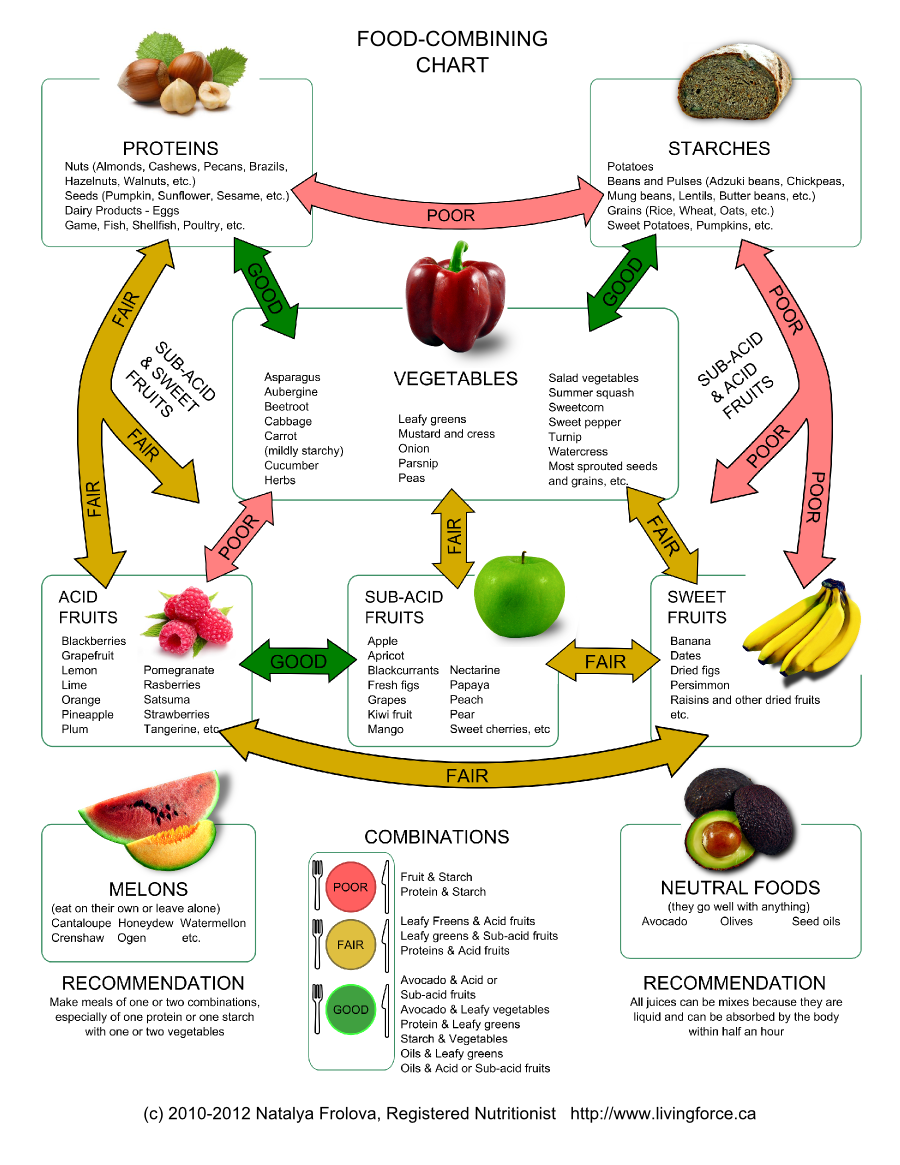
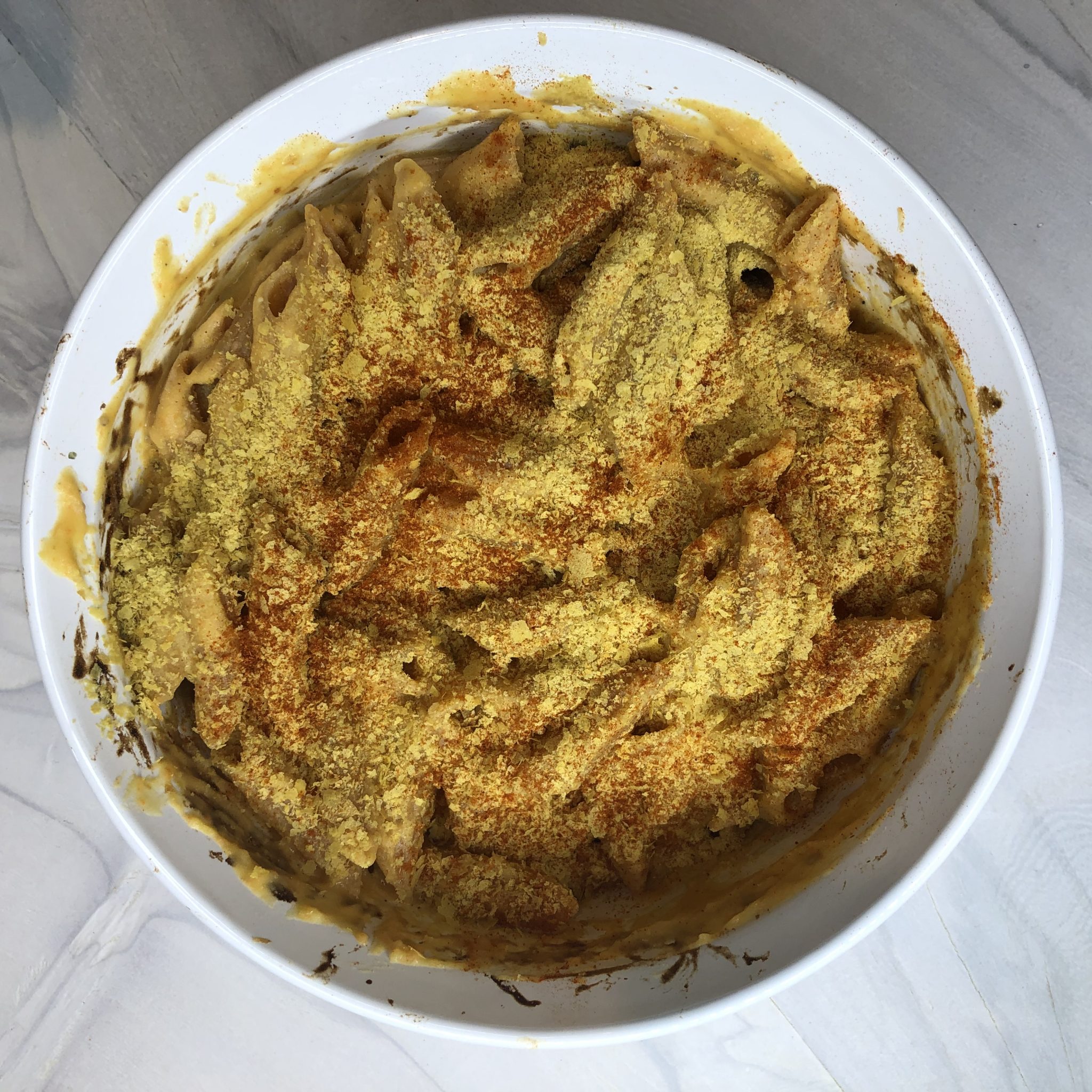

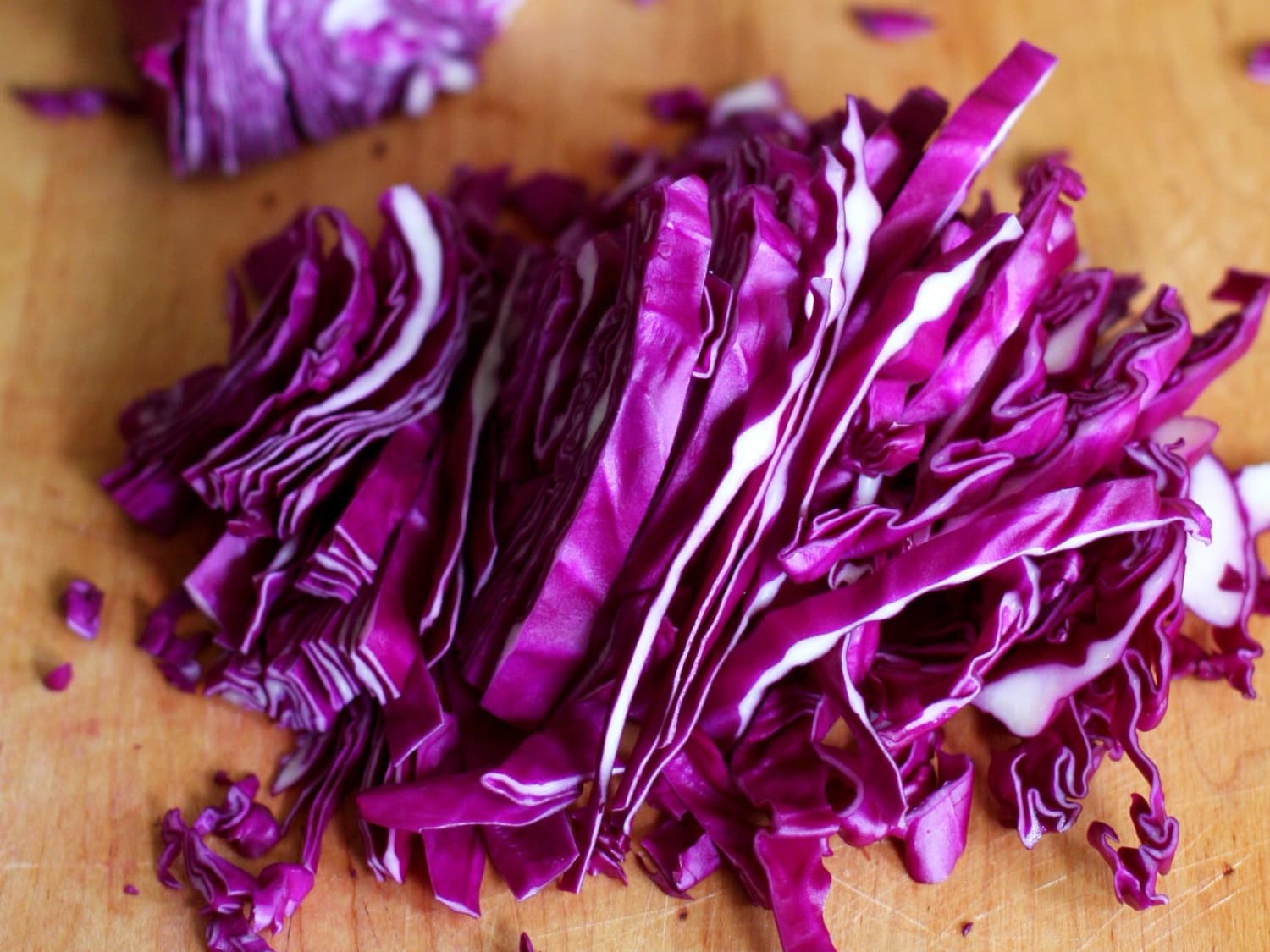 As we head into the winter months during a pandemic, it is important to make a plan to best support your immune system. As I type this, however; it is currently 80 degrees in Memphis so maybe this is my way of pushing the needle back to sweater weather. Here’s hoping, anyway.
As we head into the winter months during a pandemic, it is important to make a plan to best support your immune system. As I type this, however; it is currently 80 degrees in Memphis so maybe this is my way of pushing the needle back to sweater weather. Here’s hoping, anyway.


